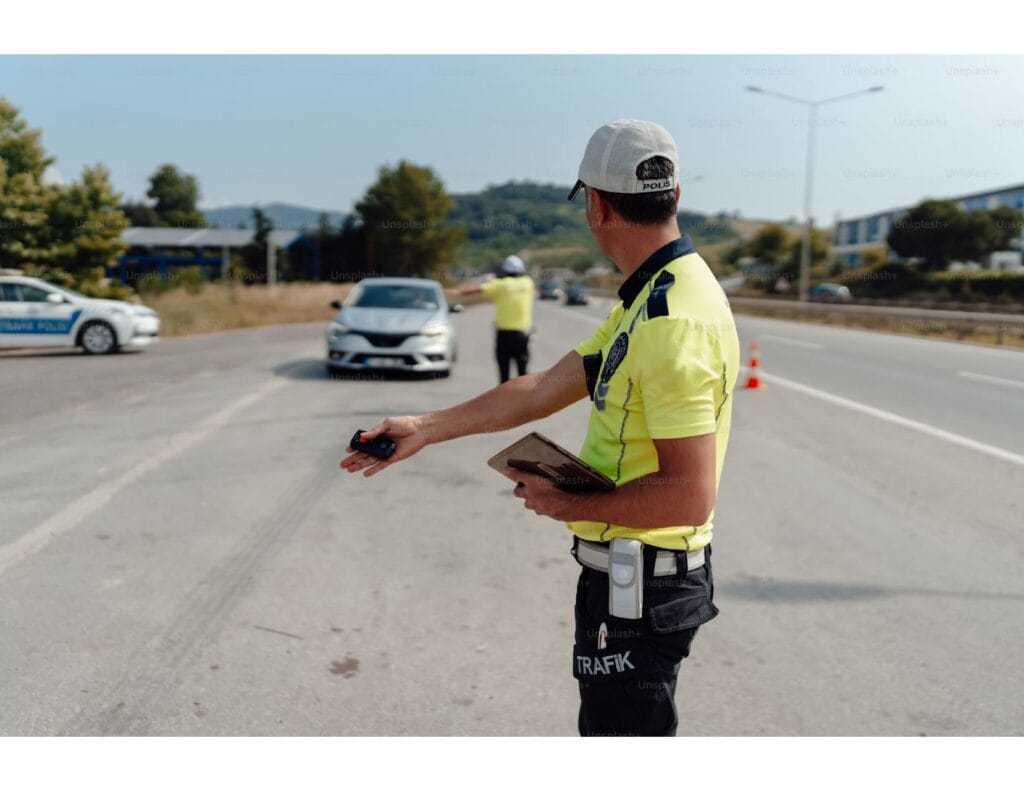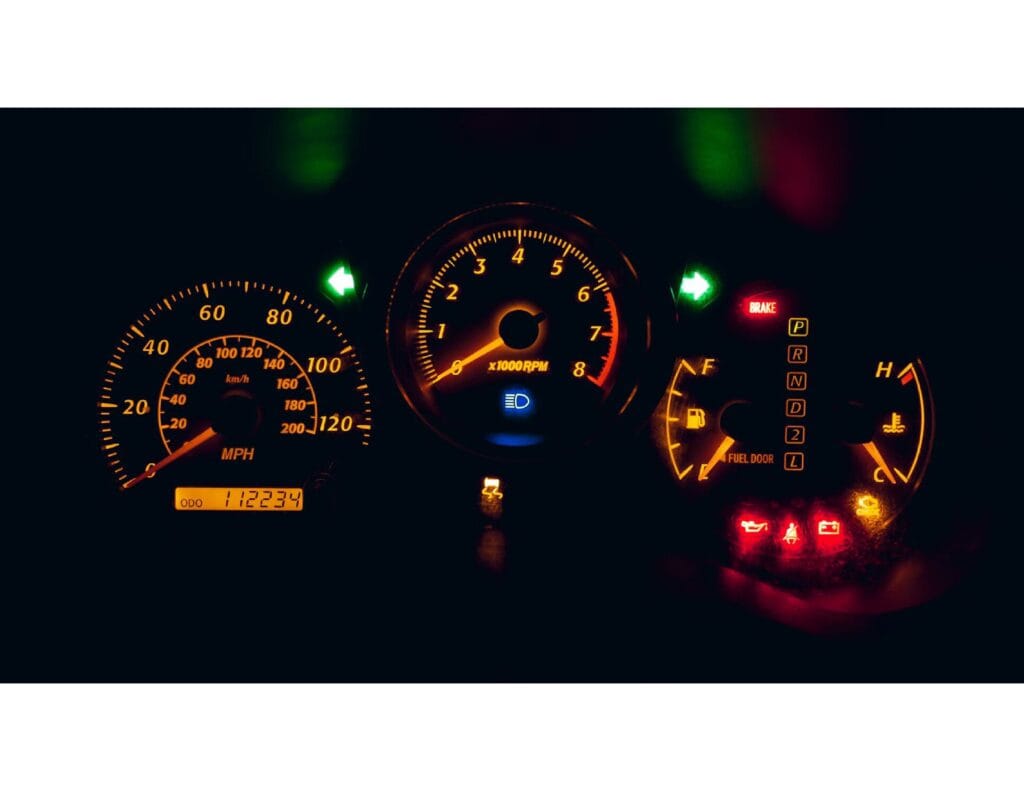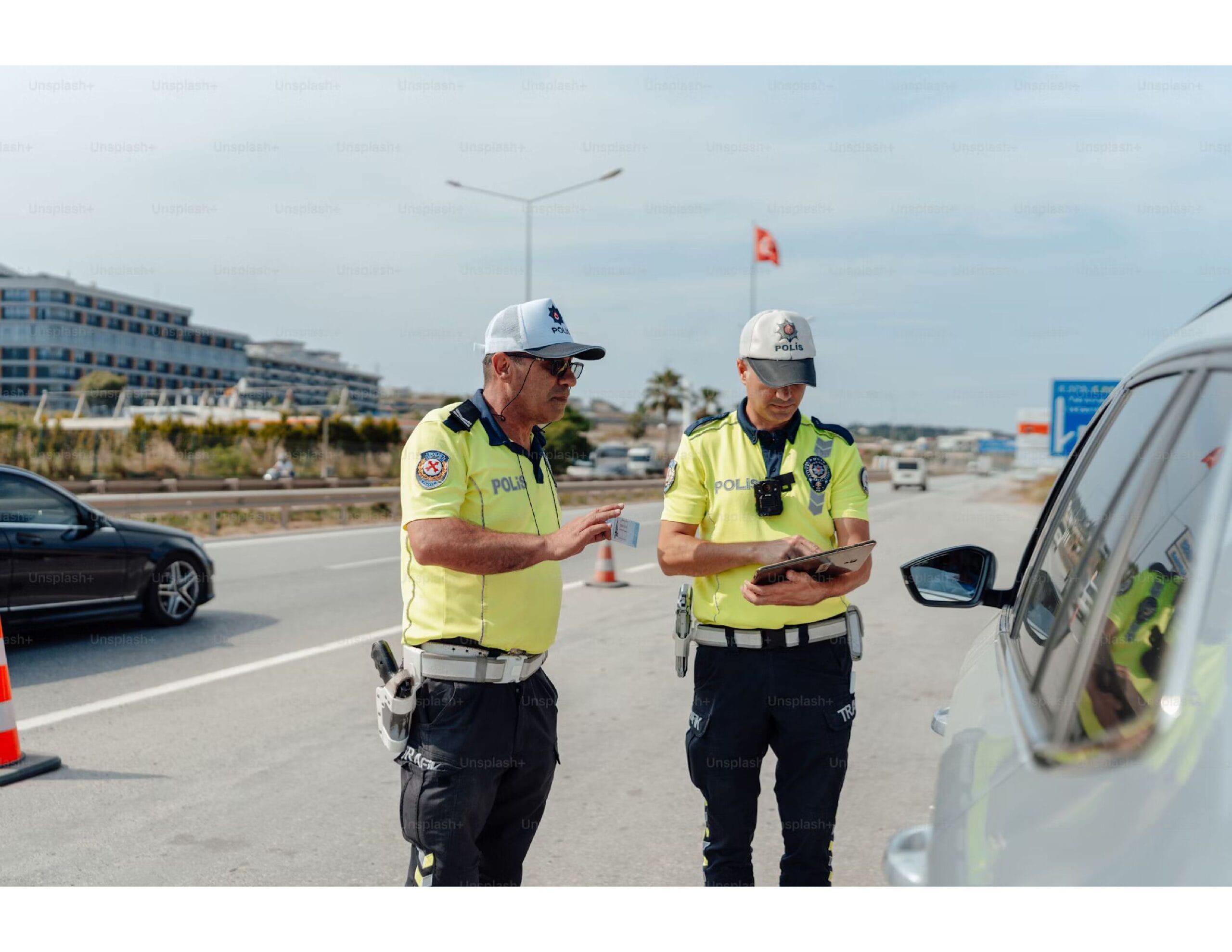U.S. States Are Requiring Speed Limiting Devices for Dangerous Drivers

Speed Limiting Devices for Dangerous Drivers
As part of initiative to improve road safety and free roads of lethal crashes, U.S. states are calling for mandatory fitting with speed-limiting devices on unsafe drivers. The devices are suggested as part of new legislation intended to discourage hazardous driving habits by drivers who have a history of repeated offenses or convictions of alcohol-related driving under the influence of alcohol.
Speed limiters, or speed governors, are electronic devices that restrict the maximum speed of a vehicle to a certain rate, such as 70 or 75 mph. By restricting how fast an individual can drive, they can potentially lower the number of fatal high-speed accidents. So what are speed limiters, and why are they finally working? How Do Speed Limiting Devices Work?
A speed limiter is generally built into the vehicle’s engine control unit (ECU). It is electronic hardware that arrests the power of the vehicle such that the automobile will not cross a safety-critical speed threshold. The hardware reduces fuel supply or alters throttle limits to diminish acceleration. The technology already dominates commercial fleet cars, where regulation and safety hold sway. Lawmakers are now going to implement it on civilian vehicles, especially on those motorists who have been showing irresponsible driving.
Campaign for Legislation
California, New York, and Washington are spearheading this campaign for security. Their legislations being initiated would force high-risk motorists to install these devices prior to them being issued complete driving licenses. This is an extension of existing practice of the use of ignition interlock devices for drunk driving offenders, who are forced to blow into an alcohol-breathalyzer machine prior to driving. Similar to DUI law, the push for speed-limiting devices also targets repeat offenders who pose a public safety threat.

This focus on speed limiting devices for dangerous drivers comes as traffic fatalities have ballooned to unprecedented levels in recent years, particularly since the COVID-19 pandemic. Since speeding has been determined to be a primary cause of these accidents, lawmakers are seeking intelligent, enforceable solutions to the issue.
It was a source of close to 26% of all fatalities resulting from traffic accidents in the year 2020, as given by the National Highway Traffic Safety Administration. Speeding, besides making mishaps more tragic, also decreases drivers’ reaction times to emergent traffic circumstances, thus constituting a significant menace to any motorist using roads.
Merits of Speed Limiting Devices
Improved Road Safety: By limiting the top speed, speed limiting devices on dangerous drivers can significantly reduce the chances of high-speed crashes, which are typically fatal.
Lower Accident Rates: With speed limited, the risk of a crash resulting from dangerous driving or loss of control at high speeds is eliminated. This can lead directly to reducing overall accident rates.Low-Cost: After being installed, these devices prove to be low-cost and economical as opposed to the other protective measures. They are therefore a long-term secure investment on the roads.
Targeted Intervention: While general road law is directed towards everybody, speed limiters would target those individuals who already have a history of reckless driving behavior. That way, it becomes possible to target repeat offenders who are most at risk.
Promoting Safer Driving Behavior: Drivers who know that they have a speed limiter can also be more mindful of other details of their driving behavior, including aggressive acceleration and braking, making their use of the roads safer overall.
Problems and Issues for Speed Limiting Devices for Dangerous Drivers
There are several problems and issues with the widespread use of speed-limiting devices:
Privacy Concerns: There are some who believe that limiting the speed of a vehicle is an invasion of privacy. Drivers essentially beg that their liberty is being eroded by not being permitted to drive their own vehicle at the speed they want.
Enforcement Issues: One of the potential issues is ensuring proper installation and upkeep of the devices. In the absence of very close monitoring, there could be compliance issues, especially for drivers who do not actively try to disable the devices.

Not One-Solution: Speed limiters for irresponsible motorists are only the solution. Whereas they might prevent speeding, a symptom of reckless driving, perhaps they will do nothing to rectify the causal factors of impulsiveness, inattention, and drug or drinking intake. In order to inhibit reckless driving long-term, education and rehabilitation needs to be incorporated as part of a multi-modal approach.
Impact on Emergency Situations: On occasional occasions, a driver will need to go beyond speed to escape danger or find an emergency. Opponents are concerned that speed limiters will deter such a decision in emergency situations.
Implementation Cost: As cheap devices like these are, the initial cost of installation could be prohibitive to the poor, particularly if it is additional to the impending fines and other punishments of chronic offenders.
Public perception: Divided but Headed Towards Safety
The introduction of speed limits among dangerous drivers has evoked argument among both sides. The proponents of road safety embrace the initiative, with the massive decline in casualty cases following the introduction of speed limits being used as reasons. The benefits of the initiative are the right price to pay for the trouble or concern over privacy for them.
In the meantime, critics argue that while speed limiters will stop some accidents, they will not necessarily address the root causes of reckless driving. They also argue that the devices would set the stage for additional government intrusion into other areas of personal liberties.
The Road Ahead
Though there is criticism, most professionals are of the view that speed limiting devices for dangerous drivers can go mainstream in the near future. As technology keeps evolving and autonomous cars become increasingly common, car performance may be even more susceptible to regulation in the future. Lastly, success or failure of this campaign will be in balancing safety and individual liberty with the source of unsafe driving.
Lastly, speed limiters are a forward-looking solution that can avoid fatalities if coupled with other elements of security like better education, more investment in infrastructure, and intelligent policing.
Conclusion
With the growing push for speed limiting devices for dangerous drivers, this technology holds significant potential to reduce fatal accidents and improve road safety. While concerns about personal freedoms and enforcement challenges persist, it’s clear that speed limiting devices for dangerous drivers offer a proactive solution to one of the most dangerous aspects of driving—excessive speeding. If implemented correctly, these devices could save lives, reduce traffic fatalities, and help create safer roads for all.
More Links Praja Portal Launch Alert
More Links These 6 Indian States Just Got Banned for Student Visas







